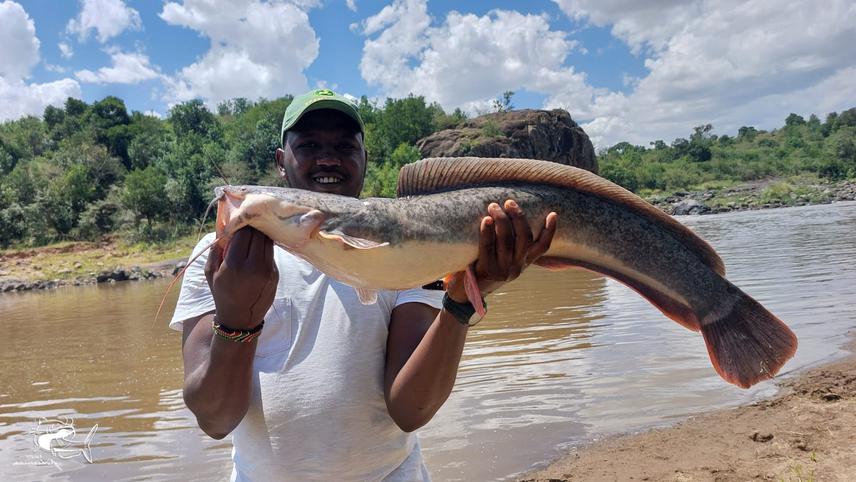Article featuring the project.
Joshua Mwendwa Benjamin
We will work in collaboration with invertebrate zoologists and ichthyologists at the National Museum of Kenya (NMK) to measure aquatic biodiversity and trace metal concentrations during different flow conditions at 10 sites along the Mara River in Kenya characterized by different land use types. We will sample macroinvertebrate communities using kick net samplers and identify individuals to family and genus level. We will sample fishes using a backpack electro shocker, gill net and line and hook fishing. We will identify individual fish to species level and measure the length and body size for each individual fish. We will also collect environmental and biological samples at each site to examine the spatial and temporal distribution of heavy metal concentrations (Hg, Pb,As,Cd,Cr) in surface water, sediments, macroinvertebrates, and fishes in Mara River basin.

Our findings will provide important status information on the abundance and diversity of the fish and macroinvertebrate communities in this basin, including the critically endangered Labeo victorianus (Ningu), as well as the potential for contaminants in the river food web. Our findings will inform key stakeholders on proper management strategies to conserve and protect aquatic biodiversity in the Mara River and the role of these taxa as indicators of environmental health in this system. Lastly, our findings will be shared widely through workshops organized by the National Museum of Kenya, websites (Subalusky lab), Twitter, blogposts and peer-reviewed publications.